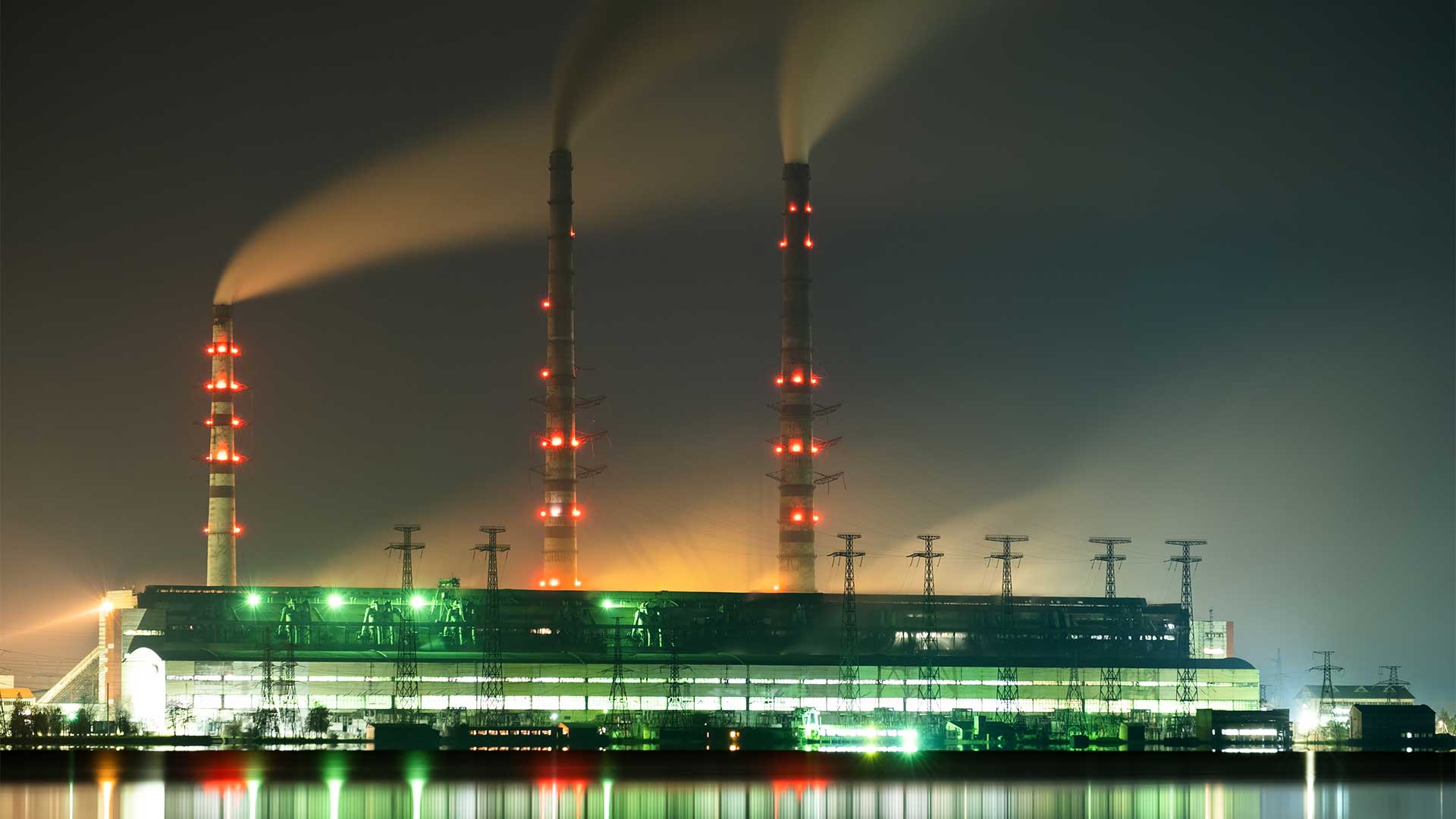
Many people are not aware that Boron has a huge role in decarbonization. The process of decarbonization is the removal of carbon from fuels and other sources to reduce their emissions. One such source is natural gas, which contains significant amounts of carbon dioxide (CO2) and methane (CH4). This blog post discusses the benefits of using Boron in the decarbonization process.
Boron is a naturally occurring element that can reduce carbon density. It does this by converting CO2 into boric acid, which is then absorbed and stored in water or soil. Decarbonization involves the removal of carbon from fossil fuels such as coal or oil to reduce greenhouse gases to protect Earth’s climate. The use of Boron results in reduced emissions increased efficiency, and lower costs when it comes to decarbonization.
Boron- The magic ingredient in decarbonization
This blog post will investigate the role of boron in decarbonization. It is a crucial element that has many applications for industries and research, but what’s it all about? What are the benefits of using Boron in decarbonization? How does it reduce carbon density?
It was not until 1808 when chemists Pierre-Simon Laplace and Antoine Lavoisier discovered this magic ingredient in their work with metals. Given its versatility as an extremely reactive material, scientists started experimenting with ways to use boron compounds. They are helpful for industrial purposes such as insulation or flame retardants. The idea came into fruition during World War II where borax was used extensively.
In the carbon cycle, about 10% of CO2 is absorbed by the oceans and 50% is absorbed by plants. This leaves 40% to be taken up by land-based organisms and rocks. One way to decarbonize is to increase natural processes for absorption. Or find alternative ways of absorbing CO2 emissions. You can try using boron compounds in a process called chemical looping combustion (CLC).
What is Chemical Looping Combustion?
Chemical Looping Combustion (CLC) is a process that converts CO into synthesis gas (syngas). This makes use of steam and an inorganic boron-based catalyst. The syngas is then converted back to CO. Later, it reacts with H20 to produce energy-rich hydrogen gas for fuel cells or heat water for power plants.
The Boron reduces carbon density by absorbing them at high temperatures without releasing any emissions. This means less coal is enough for fossil fuels. Additionally, CLC can help reduce the amount of space needed for sequestration when compared to other methods.
Acid rain concerns are also lesser. As chemical reactions do not occur between soot particles and acid precipitation. They don’t behave like open-air pollution producing sulfur dioxide. Gasification using the CLC method helps to reduce the amount of sulfur dioxide and NOx by up to 90%.
What are the benefits of using Boron in decarbonization?
The benefits of using Boron for decarbonization:
- Boron reduces carbon density.
- It produces energy without pollution or greenhouse gases. Particularly, it is safe with other materials like lithium bromide and nickel oxide.
- Boron is available locally and cheaply. So, all countries can easily produce them.
- Can be recycled indefinitely due to its inert properties. Therefore, it an ideal choice as one of the many solutions to reducing climate change problems on Earth.
- Boron is a non-toxic element for the decarbonization process.
- It has no adverse effects on human health or the environment.
- The use of boron in decarbonization provides an alternative fuel source for coal power plants.
- Boron acts as a substitute for carbon dioxide in some chemical reactions.
- The use of boron in decarbonization reduces greenhouse gas emissions. And helps combat climate change.
- Decarbonizing with boron not only benefits the environment. But it also leads to economic growth by providing jobs. Finally, it reduces the dependence on foreign oil imports.
What are the applications of Boron in decarbonization?
Boron helps to remove carbon dioxide from industrial emissions. We can also blend it with coal and other fuels as a means of reducing their carbon density. The use of boron not only provides an alternative to fuel source for coal power plants. But it also reduces greenhouse gas emissions and helps to combat climate change by lowering CO levels. Decarbonizing with boron leads to economic growth as well. Because jobs are available and dependence on foreign oil imports decreases due to decreased consumption.
Boron-based products for reducing the effects of climate change
The Earth is changing and the climate is shifting. This change has significant implications for industries, businesses, and society as a whole. One of these changes includes an increase in carbon dioxide levels leads to more extreme weather events, including droughts and flooding. There are many ways to mitigate this climate change but one way may be by using Boron-based products. It reduces the effects of these extreme weather events on our environment.
There are a variety of Boron-based products that helps reduce carbon dioxide levels in our atmosphere. These include Boric Acid, Sodium Tetraborate Decahydrate (Borax), and Disodium Dihydrogen Phosphate.
The role of synthetic Boron
The main role that Boron plays in decarbonization is through its ability to bind more strongly with C02. The process for capturing CO emissions is often referred to as “decarbonizing”. The reduction or elimination of a chemical element from an entity, especially when done deliberately with intent.
Boron is not only found naturally. But it is also synthetically made by companies like Dow Chemical Company and Hexion Specialty Chemicals Incorporated (commonly known as HSC). These two are working on developing new technologies to produce boronate compounds. These compounds have many industrial uses such as boron-containing organic compounds. And it also aids in the decarbonization process by binding more strongly to CO than other elements.
Several benefits come with using Boron for this purpose:
- Reducing Carbon Density;
- Removing Pollutants from Air Streams;
- Lowering Production Costs;
- Boron reduces carbon density.
Uses of Boron in various processes include high-pressure synthesis gas plants, coal burning power plants, steel production furnaces, or off-gas treatment facilities. These techniques are refined over time. Now they provide significant emission reductions without affecting either product quality or efficiency rates.
Potential risks associated with using Boron in decarbonization
The potential risks are not yet fully available. However, it is worth noting that Boron is a safer option than other more dangerous agents.
Conclusions
Boron can significantly reduce the carbon density of various products. It does so without impacting their quality or efficiency rates. Boron reduces carbon density but what does this mean for our environment and society as a whole? Can decarbonization go even further by using these methods? Can it make manufacturing processes cleaner and less harmful to its surrounding environment? One thing is for sure- there are many opportunities here for innovation in new technologies.
In conclusion, the addition of boron to the process can lead to less emittance, lower operating costs, and increased production. Boron is a versatile element with many applications in industry, research, and even medicine. Every day we are discovering new ways for boron to improve our lives by solving problems. It has a broad range of uses from decarbonization to medical treatments. Hence, it is no surprise that this underrated element is just as important today as it was during its discovery in 1808.





